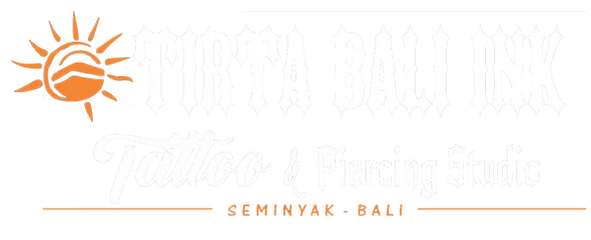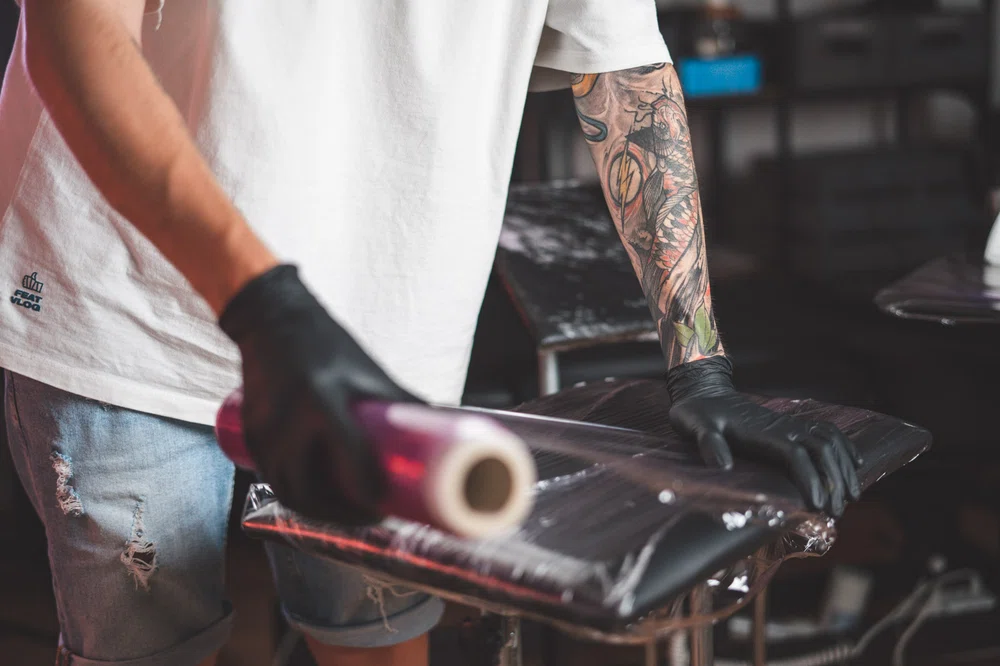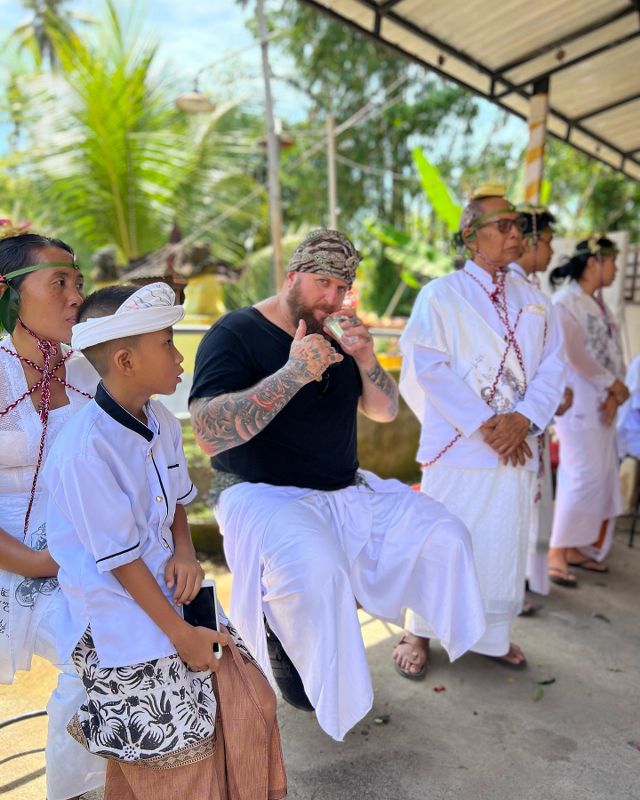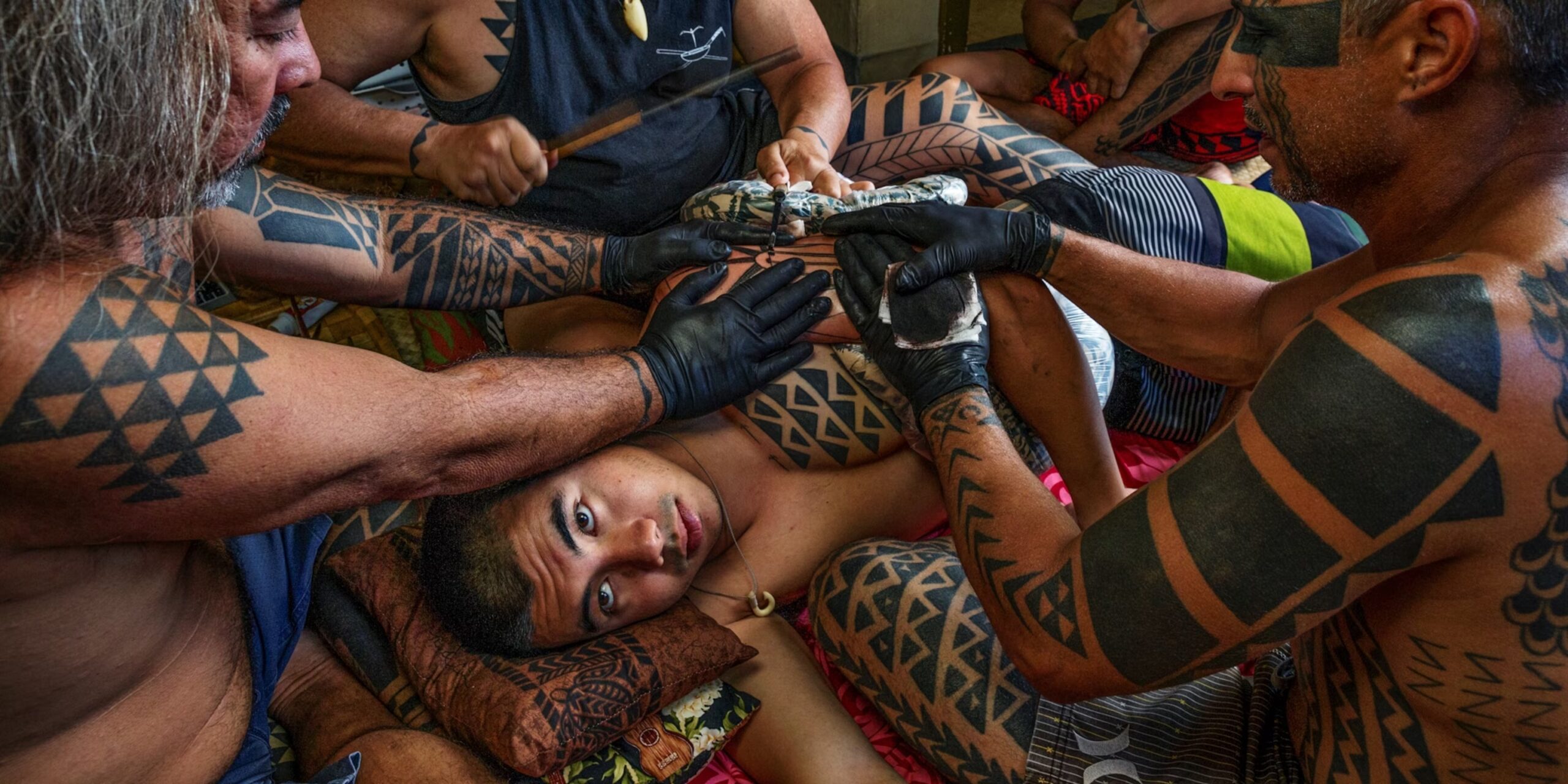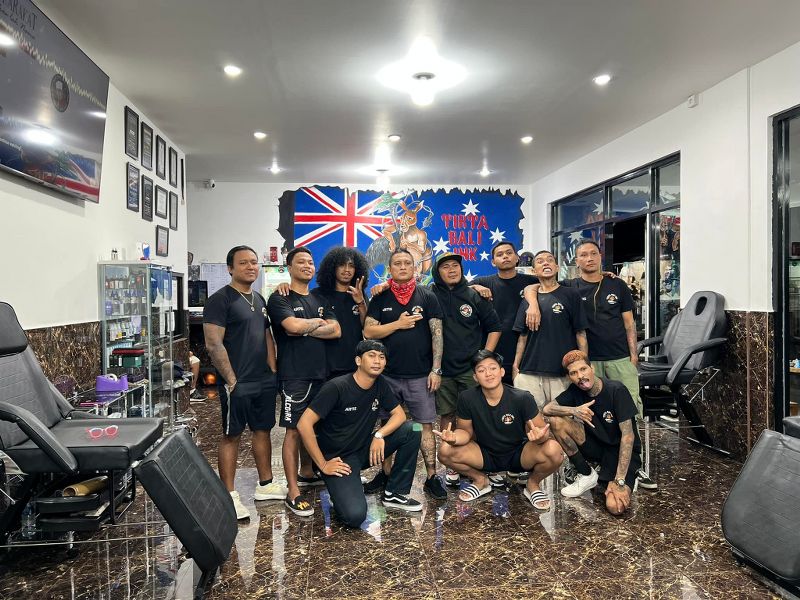Body piercings have long been a popular choice for personal expression and individuality. From more common piercings, such as ears and nostrils, to unique and unconventional placements, body piercings offer a wide variety of options to choose from, catering to all tastes and desires. If you’re a newcomer to the world of body piercing or simply looking to expand your knowledge, Tirta Bali Ink Tattoo Studio is here to help. In this beginner’s guide, we’ll delve into the various types and techniques of body piercings, explore what to expect, and offer expert advice on finding the best piercing studio for your needs in Bali.
Embarking on your body piercing journey can be both exciting and daunting, but with Tirta Bali Ink Tattoo Studio’s expert guidance and advice, you’ll be well-equipped to make the best decision for yourself. Join the world of body piercings and let your individuality shine!
Ready to begin your body piercing journey? Schedule a consultation with one of our skilled and experienced piercers at Tirta Bali Ink Tattoo Studio and let us guide you every step of the way. Book your appointment now and discover a new form of self-expression!
A Beginner’s Guide to Body Piercings: Types, Techniques, and Finding the Best Studio in Bali
Exploring the Different Types of Body Piercings
As you dive into the world of body piercings, it’s essential to familiarise yourself with the variety of available options. In this section, we’ll discuss some popular piercing types to help guide your decision:
1. Ear Piercings: Ear piercings are among the most common types of body piercings, ranging from traditional lobe piercings to more adventurous options like helix, daith, tragus, and industrial piercings.
2. Facial Piercings: Facial piercings provide a bold and striking form of self-expression and include eyebrow, septum, nostril, lip, and cheek piercings.
3. Body Piercings: These piercings encompass a wide range of locations on the body and can include navel, nipple, and surface piercings, such as collarbone or hip piercings.
4. Dermal and Microdermal Piercings: Dermal and microdermal piercings involve inserting a small anchor beneath the skin’s surface, allowing a decorative jewellery piece to sit flush against the skin. These piercings can be placed virtually anywhere on the body.
Understanding Piercing Techniques and Methods
When researching body piercings, it’s important to understand the methods and techniques used by professional piercers:
1. Needle Piercing: This is the most common method for most types of body piercings and involves using a hollow, surgical-grade needle to create a small opening for the jewellery to be inserted. Needle piercing is generally considered the safest and least painful option, as it causes minimal damage to the surrounding tissue.
2. Dermal Punching: Used primarily for certain cartilage piercings or dermal anchors, dermal punching involves removing a small piece of tissue, creating a larger hole for the jewellery. This technique requires more expertise than needle piercing and has a longer recovery time.
3. Piercing Guns: Though more commonly used for earlobe piercings, it’s essential to note that piercing guns are not recommended by professional piercers. The force exerted by the gun can cause trauma to the tissue and significantly increase the risk of infection and complications.
Essential Aftercare Tips for a Successful Piercing Experience
Proper aftercare is vital to ensure a successful and infection-free piercing experience. Follow these essential aftercare tips to keep your new piercing in top condition:
1. Cleaning and Care: Gently clean your piercing with a saline solution or an approved cleaning product daily. Avoid touching it with dirty hands or using alcohol, hydrogen peroxide or any harsh chemicals that can cause irritation and delay the healing process.
2. The Healing Process: The duration of the healing process can vary depending on the type and location of the piercing. Be patient during this time, and resist the urge to change your jewellery or manipulate the piercing site.
3. Signs of Complications: Keep an eye out for any signs of infection, such as redness, swelling, or discharge. If you suspect an infection or experience excessive pain, consult with a professional piercer immediately for guidance.
Finding the Best Piercing Studio in Bali
Choosing a reputable and skilled piercing studio is crucial when embarking on your body piercing journey. Here are factors to consider when looking for the best studio in Bali:
1. Qualifications and Expertise: It’s essential to choose a studio with experienced and well-trained piercers. Look for professionals who hold relevant certifications and have a proven track record of successful piercings.
2. Cleanliness and Hygiene Practices: A clean and well-maintained studio is a critical indicator of a professional piercing service. Choose a studio that follows strict hygiene practices, such as sterilizing equipment, using single-use needles, and wearing gloves.
3. Client Testimonials: Research client reviews and testimonials to gauge the quality and reliability of the piercing studio. Pay attention to comments on the piercers’ abilities, cleanliness, and customer service.
4. Variety of Available Piercings: Choose a studio that offers a wide range of piercing options, allowing you to find the perfect fit for your personal style.
Conclusion
Body piercings are a powerful form of self-expression that can be both exciting and rewarding. By learning about different types of piercings, understanding the techniques and methods, adhering to essential aftercare tips, and finding a reputable piercing studio, you’ll be well-equipped to embark on your unique body piercing journey.
Look no further than Tirta Bali Ink Tattoo Studio for your next piercing adventure. Our experienced and skilled piercers will work with you to create a safe, hygienic, and comfortable experience, ensuring your satisfaction with the final result. Schedule a consultation today and embrace the captivating world of body piercings!
